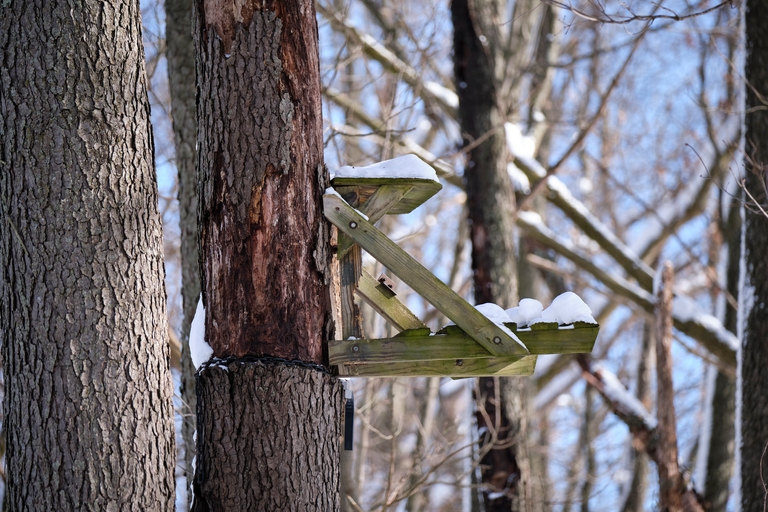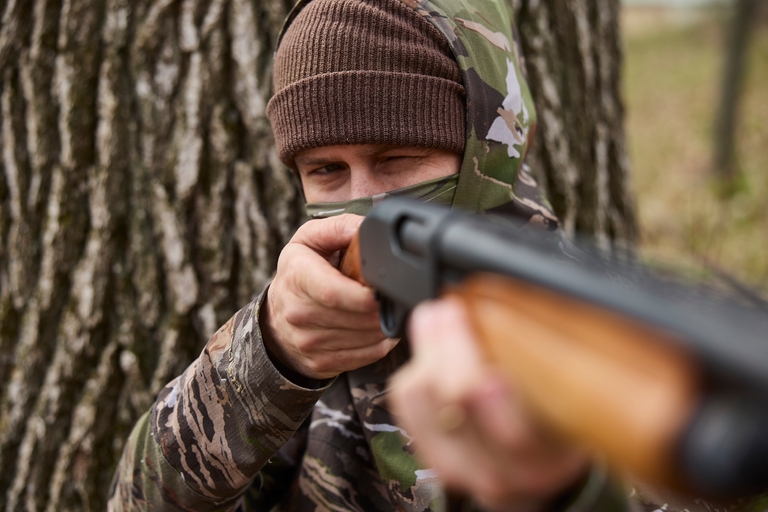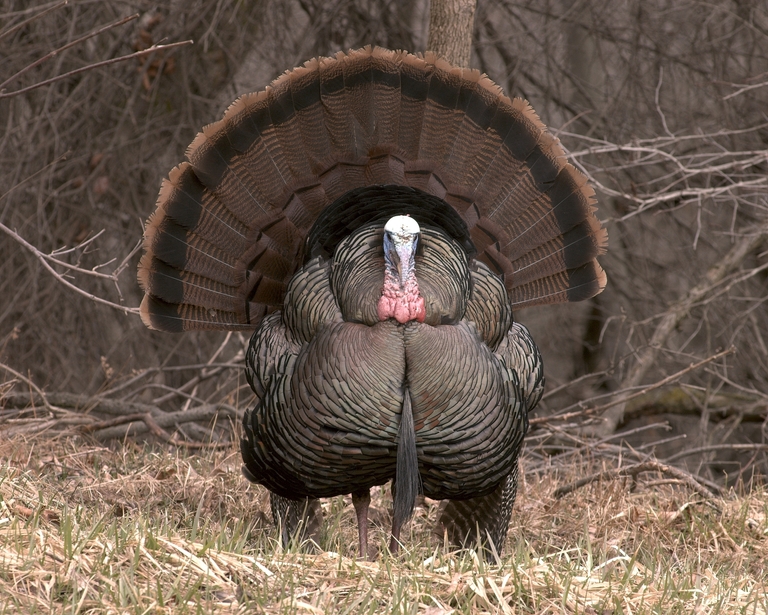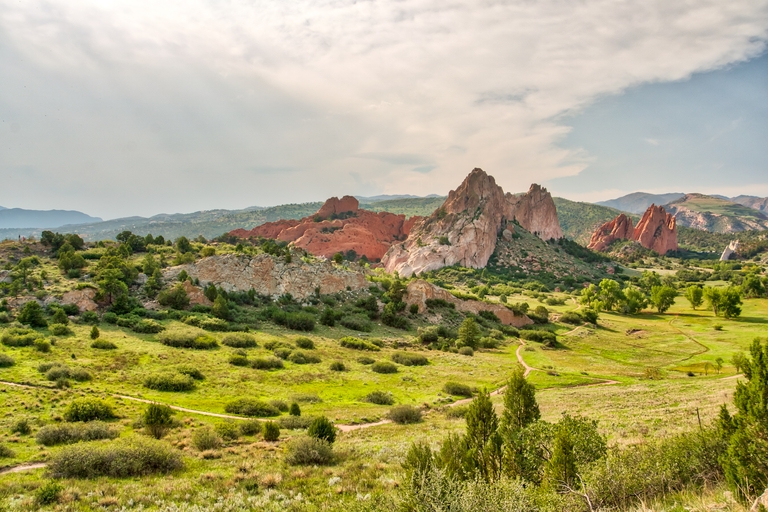5 Tips for DIY Elk Hunting Success
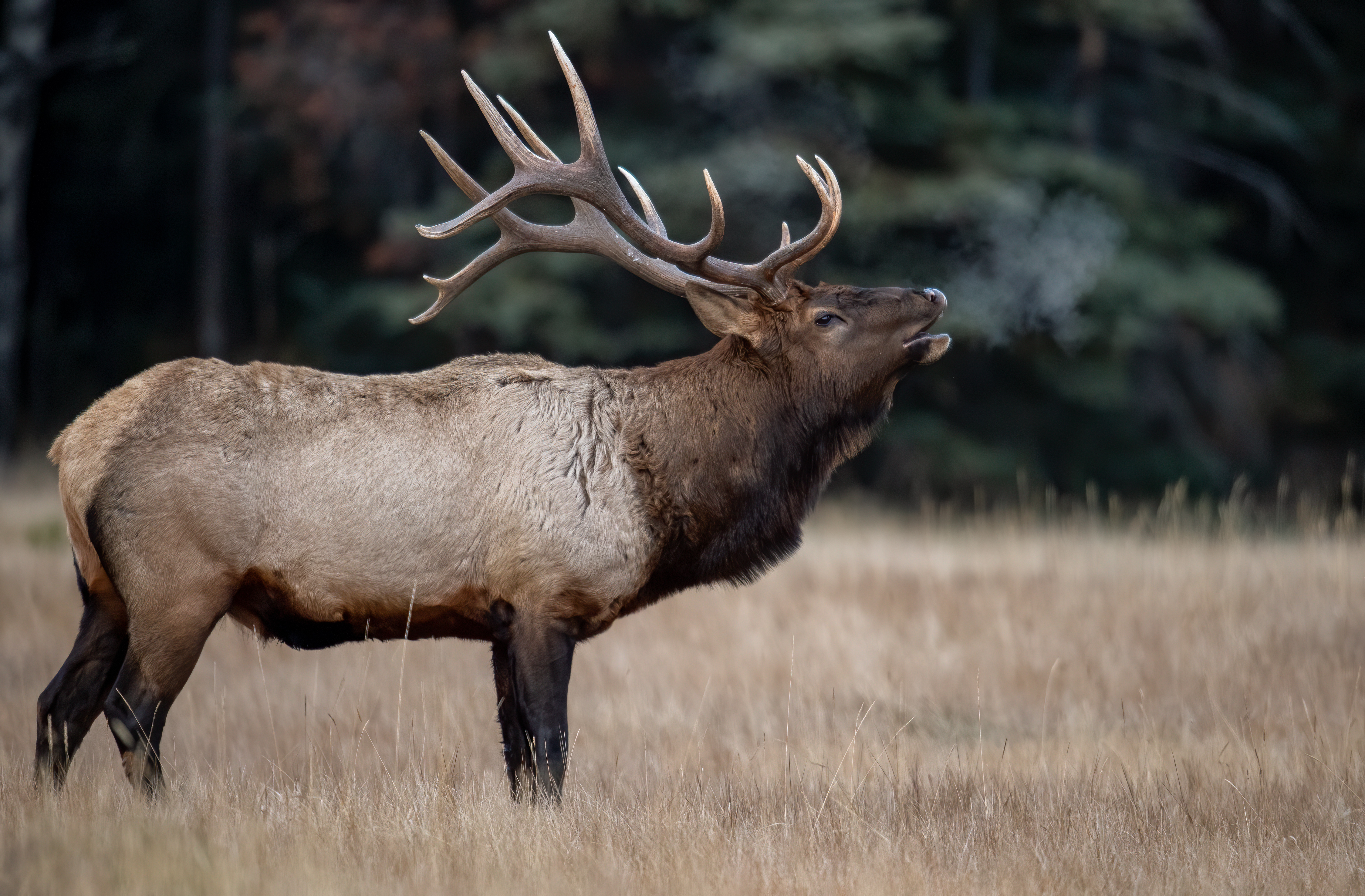
Written by guest author Corey Jacobsen of Extreme Elk Magazine (now Elk101.com)
Many elk hunters agree that it is difficult to boil elk hunting down into one topic that could be described as the most important factor in success. Elk hunting is made up of many pieces, and it's difficult to attribute success to any one individual topic.
Success in elk hunting is the culmination of all these aspects, working together like a well-oiled machine. The more effort we put into one aspect, the more it contributes to the system's overall efficiency. Achieving the highest level of success takes a balanced approach on all fronts – scouting, using elk calls, selecting the right gear, experience, education, conditioning, etc.
In the past, I've tried ranking the tips and found that assigning an order of importance is virtually impossible. Being in great physical shape is incredibly important when hunting elk, but is it more important than obeying the wind? Neither one will matter if you aren't mentally ready for 7+ days of backcountry abuse and you find yourself sitting in your tent when the sun comes up on Day 8.
So, in no particular order, here are the Top Five things I feel will contribute most to DIY elk hunting success.
1. Calling
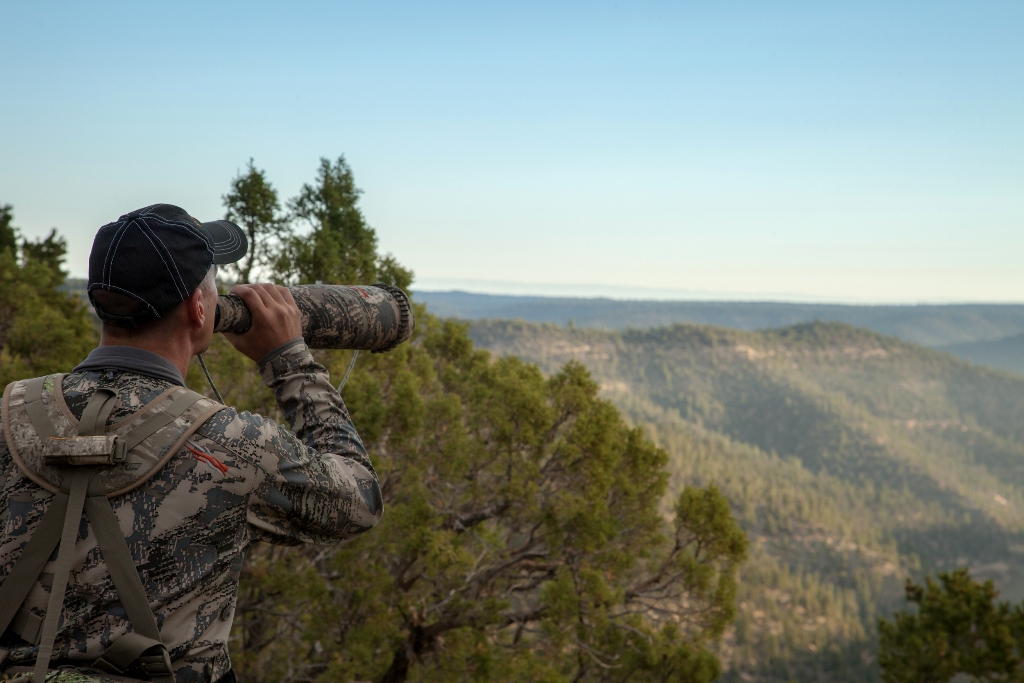
The calling tactics I use only involve three calls:
- A simple cow call
- A simple location bugle
- A very effective challenge bugle.
Learning when to use each of these elk calls is more important than making them sound perfect.
Additionally, I've found that quietly moving in close to a bull before using calls greatly magnifies the effectiveness of calling. The same sequence from 400 yards away is drastically less effective than that inside 150 yards.
You don't have to be a great elk caller to call in elk. That doesn't mean you don't need to practice and improve, but don't let your calling ability be the reason for a lack of confidence in the elk woods.
Keep it simple, and you'll be better off. With a background in engineering, my mind is programmed to strive for efficiency continually. That application is especially noticeable when it comes to elk hunting.
I hear the stories of hunters who call in 40+ elk in a season and don't get a chance to put their tag on one. Once I get to four or five call-ins without a blood trail, I start getting pretty antsy!
2. Set-Ups
Perhaps the most critical step of the system, set-ups play a very major role in determining the outcome of the hunt. I can't count how many hunts have been blown by our set-up – too much brush to shoot through, not enough cover to hide in, no shooting lanes, inconsistent wind currents, caught in the open – the list goes on and on.
I've found that hunting with a partner can greatly increase my odds of success. By placing a "shooter" out in front of a "caller," the bull is focused on the calling and can be drawn in the past the shooter without realizing he is there.
Applying "ARC"
As I set up on a bull, I always repeat to myself one word: ARC. The word "ARC" has two meanings.
First, a bull will often approach your set-up by circling downwind. As the shooter, I like to visualize a straight line from the caller to the bull. Then, I draw an imaginary "arc" on the downwind side that the bull will likely follow as he comes in.
I always try to set up along that imaginary arc, increasing my chances for a shot before the bull winds me.
The second thing "ARC" means to me is Always Remember Concealment.
Elk survive by three primary senses: sight, sound, and smell. Remembering to conceal yourself from these senses every time you set up is vital.
It's essential to set up in front of brush or trees and allow your camouflage to break up your outline, concealing you from an elk's view and giving you clearer shooting lanes.
Also, be sure to draw your bow when the elks' vision is obstructed (e.g., with their heads turned or behind a tree). You should also clear out the area where you set up. This will eliminate the chances of breaking a twig as you shift your weight to draw your bow or snapping a branch as you come to full draw.
Obey the Wind
Lastly, obey the wind!
No argument, no excuses. If the elk smells you, the hunt is over. No amount of cover spray, odor-eliminating gear, or luck will make your scent disappear from an elk's nose if the wind goes straight toward him.
Keep the wind in your favor, always!
3. Wind
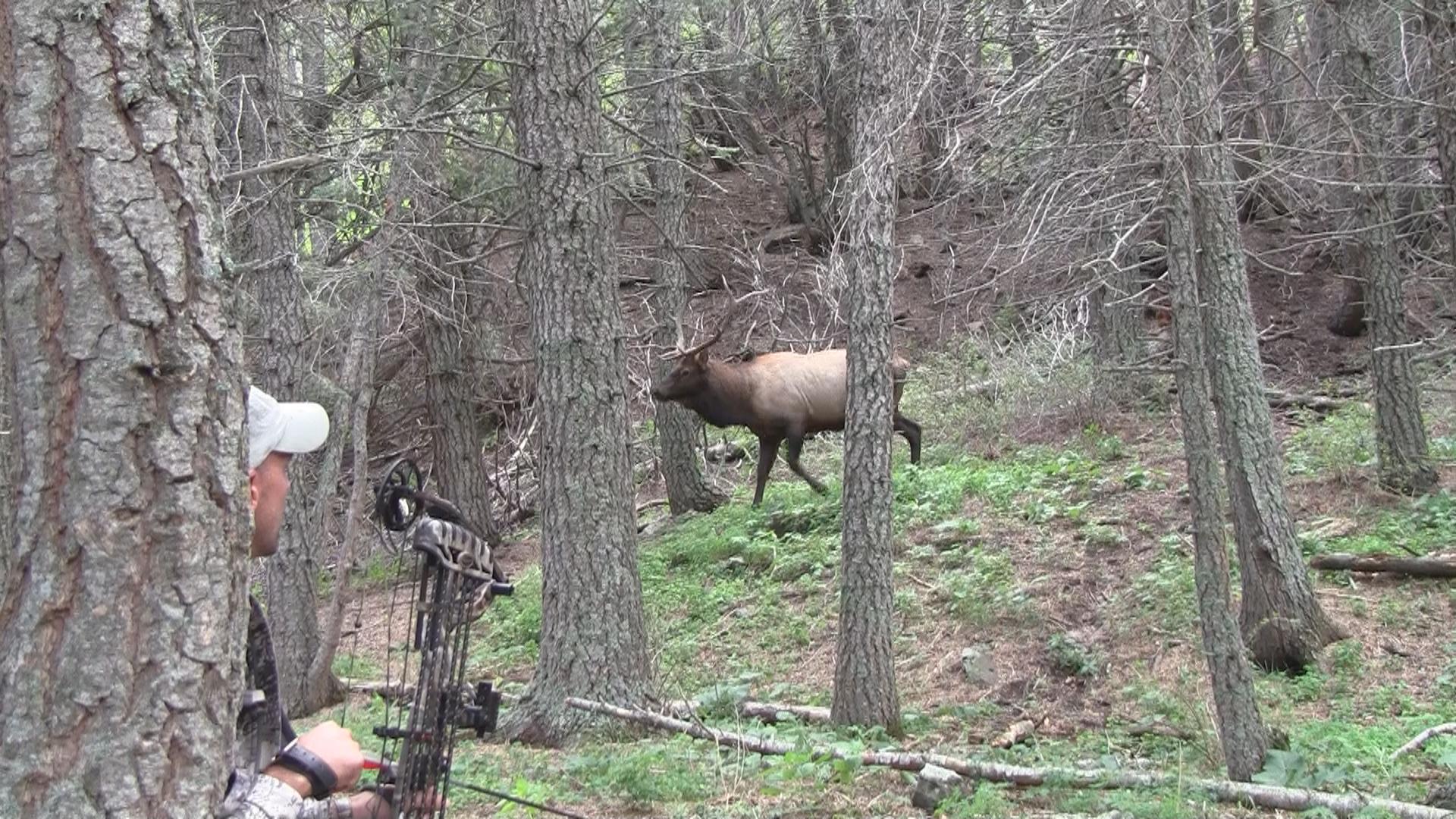
This is worth mentioning in the previous section on Set-Ups and continuing to discuss in its own category.
Don't ever forget to check the wind.
In your search for a bugling bull, in your approach, in your set-up – always keep the wind in your favor. I've hiked miles out of my way to get the wind right for a set-up.
I've also sat down for several hours waiting for the wind to change to become favorable for a call-in. Whatever it takes, always obey the wind.
A small bottle of wind detector is worth its weight in gold for me and I always have one quickly accessible in my pocket, if not in my hand.
How to Work With the Wind
While we certainly can't control the wind, there are a few things we can do to limit its ability to blow our hunt (no pun intended).
Thermals are fairly predictable. Early in the morning, they move down the mountain. As the sun warms the hillside, they reverse and begin pulling up the hill. In the evening, as the shadows start to cool the hillside, they again change and begin blowing downhill.
Knowing that simple fact about thermals will help plan an approach and ensure the elk aren't alerted to our presence before we really even get started. Cloud cover, approaching storms, and Murphy's Law can all wreak havoc on a seemingly structured law of nature, but a few things can be done to thwart their attempts.
One of those tactics involves setting up on the same level as the elk. A sudden switch in wind direction is likely to be uphill or downhill, and rarely sidehill. If you're set up above or below an elk and the wind switches, there isn't much you can do to prevent the elk from smelling you and bolting.
Being on the same level decreases the likelihood of being winded by an errant switch in thermals.
4. Conditioning
If I had to choose one aspect to focus on more than any other when preparing for an elk hunt, it would be physical conditioning. You can be the best elk caller or the best archer in the world, but if you can't get to the elk, it's not really going to matter.
Elk live in rough country, and being able to cover more ground looking for them, scrambling over the next ridge to chase a bugling bull, or pushing yourself just a little harder and going a little farther can be what separates you from failure.
Being in better shape doesn't necessarily mean you need to be able to make it through the NFL combines or run a marathon. However, if you evaluate where you are today and set a goal to be in better shape next elk season, you will no doubt be a better elk hunter.
Take your conditioning to the next level, and your success in the elk mountains will likely follow.
5. Attitude
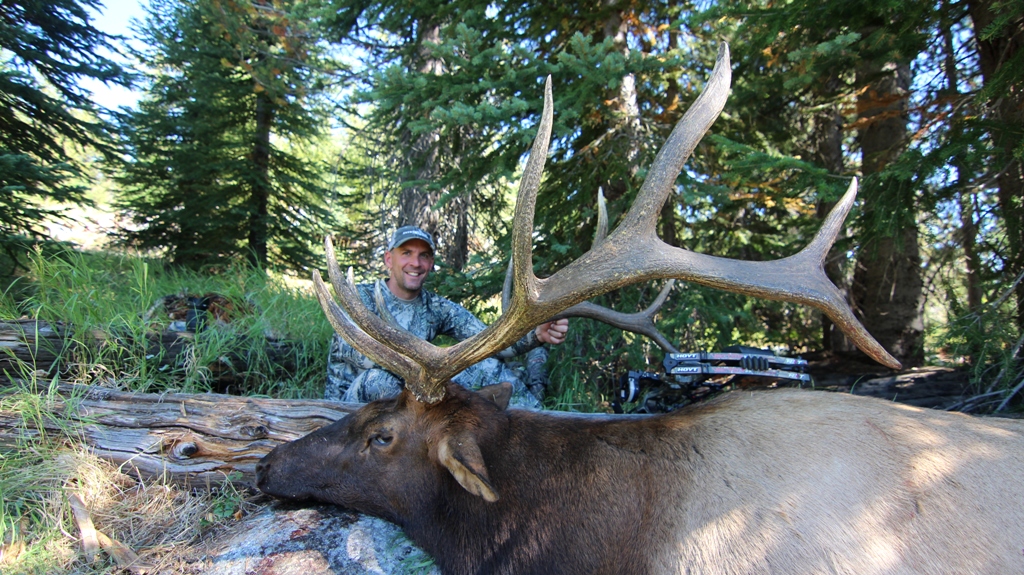
I'm certain there are many times throughout an elk hunt that I feel like giving up. Frustration, exhaustion, and lost motivation are usual companions during a DIY elk hunt.
Realizing this and being prepared to work through it is crucial. Sometimes, it takes just about every minute of an elk hunt and every ounce of energy, motivation, and desire that we can muster to make it happen.
Having a "do-whatever-it-takes" attitude is so important. Don't give up. Don't give in. It can happen at any time; just keep yourself in the game, and your odds will go up significantly!
Hunting DIY on public land, especially with an OTC tag, can be incredibly challenging. The obstacles an elk hunter must overcome to realize consistent success can seem staggering. When these challenges arise (not if, but when), it's important to be prepared with a strong, realistic mental attitude.
Remember Babe Ruth
When things go wrong, I like to remind myself of the old Babe Ruth story.
He was down in the count and with two strikes against him, sent a fastball out of the park. A reporter asked him if he was nervous when that last pitch was coming at him. He responded that he wasn't.
In fact, he was more confident. The odds of him hitting the next ball went up every time he missed a previous pitch!
Sometimes, those small "failures" throughout the hunt are what we need to realize success. But we have to learn from them and keep pushing on.
I really like the quote, "Why would you choose failure when success is an option?" If we give up, we've failed, and we have no chance of finding success.
Success is always possible if we stay in the game, and having a solid mental attitude will keep us going, even when the going gets rough. With DIY elk hunting, the going will most certainly not be easy.
Prepare for Elk Hunting Success with a Hunter Safety Course
Corey provided five excellent tips for DIY elk hunting success, and we hope you find them helpful! However, we believe there's one more tip that every hunter needs to add to this list: take a hunter safety course.
Hunter-Ed wants every hunter to stay safe in the field. As Corey described in this article, elk hunting is a grueling adventure. Many things can go wrong if you're not prepared with proper safety knowledge and certification.
Our online courses make it easy to prepare for your next elk hunt! So, as you think ahead to your next trip, find the course for your state, start learning, and get certified. Happy elk hunting this season!
Originally published August 28, 2014. Content updated June 15, 2023.
About the Author: Corey Jacobsen is a world elk-calling champion and the founder of Extreme Elk Magazine. At the time of this article's original publication, he had finished in the Top 5 in the Professional Division at the RMEF World Championship Elk Calling contest 14 times in the past 15 years and had become one of the most sought-after resources for elk calling and elk hunting instruction in the nation.
In 2013, Corey was also named the RMEF's Elk Calling "Champion of Champions." Corey recognizes that success on the stage doesn't necessarily relate to success in the field, however, and he lives for the "real" contest that takes place in the elk woods every September. It is there, on public land, over-the-counter archery units, that he has been hunting elk for nearly 30 years.

